As personal spaces of relaxation, comfort, and functionality, bathrooms are among the most critical areas in a home that demands meticulous design insight. Given their significance, understanding the dynamics of bathroom design—from the layout types to fixture choices, materials, colors, lighting, ventilation, and emerging trends—is essential for any homeowner. This essay commences an in-depth examination of these crucial elements, kicking off with an exploration of the myriad bathroom layouts available—including the compact yet functional half-bath, the full-fledged full bath, and the luxurious master suites. The conversation also extends to selection and effective placement of fixtures, one of the most defining aspects of a bathroom’s overall aesthetic and functionality.
Understanding Bathroom Layouts
Understanding Bathroom Layouts
When it comes to bathroom designs, there are mainly three categories to understand, namely half-bath, full bath, and master suite options. Each holds its unique charm and functionality, making it ideal for different needs. A half bathroom, also known as a powder room, primarily contains a toilet and sink. It can be a valuable addition to the home, especially when there are guests. Visitors can use this bathroom, maintaining the privacy of other restrooms in the house.
On the other hand, a full bathroom typically includes four main components: a sink, toilet, bathtub, and shower. It proves to be a more functional choice for everyday use within a family home. Most homes have at least one full bathroom, ensuring everyone’s needs are met. One main advantage is its ability to accommodate more than one person at a time, unlike half-bathrooms. But it requires more space and budget to implement.
For a more luxury-centric option, homeowners often go for the master suite bathroom design. This layout is part of the main bedroom, designed as a private sanctuary for the owners. The master suite bathrooms usually have similar features as a full bath but tend to have high-end fixtures and more space for vanity and spa-like amenities.
Selecting the Ideal Layout
The ideal bathroom layout primarily depends on the space available, the homeowner’s personal preferences, and budget constraints. For smaller houses or apartment spaces, a half-bath might be the best way to maximize the area while providing the necessary facilities. If the home has more than one floor, a half bath on the first floor can be a convenient addition for guests and family members alike.
A full bath is ideal when there is a need for both a shower and a bathtub and enough area to accommodate them. While multifunctional, a full bath demands proper planning to ensure all components fit comfortably without causing cramping.
Master suite designs are reserved for larger homes where homeowners desire a sense of luxury and personalization in their private spaces. The room can be custom-designed to include a jacuzzi, a large shower area, and a double vanity, among other elements. High-end materials like marble and granite can add to its esthetics and luxury.
When considering the bathroom layout, think about the users’ current and future needs. For growing families, a full bath might be necessary to cater to the needs of children. Similarly, for older adults, a bathroom with accessibility features is crucial. The essence of good design is one that can assure convenience and comfort for all its users.
Navigating Challenges Associated with Diverse Bathroom Layouts
The task of designing a bathroom can pose several challenges, regardless of the specific layout. When considering half-baths, for instance, the key concern is to utilize the limited space efficiently without compromising visibly on the area. This obstacle can be effectively managed with intelligent design strategies and clever storage solutions.
For a full bathroom, the difficulty lies in the fitting of all the indispensable components while ensuring adequate space for comfortable use, all within the constraints of building code regulations. Added to this, is the chore of maintaining such a multipurpose room, which can be slightly more demanding than other layouts.
The creation, set-up, and maintenance of a master suite tend to drain more financial resources given the premium fixtures and materials typically used. If the cost estimates are not precise, budget overruns can lead to added stress during the remodeling process.
It is crucial to remember that regardless of the chosen bathroom layout, the designs should place convenience and comfort at the forefront, while also harmonizing with the overall aesthetics of your home.
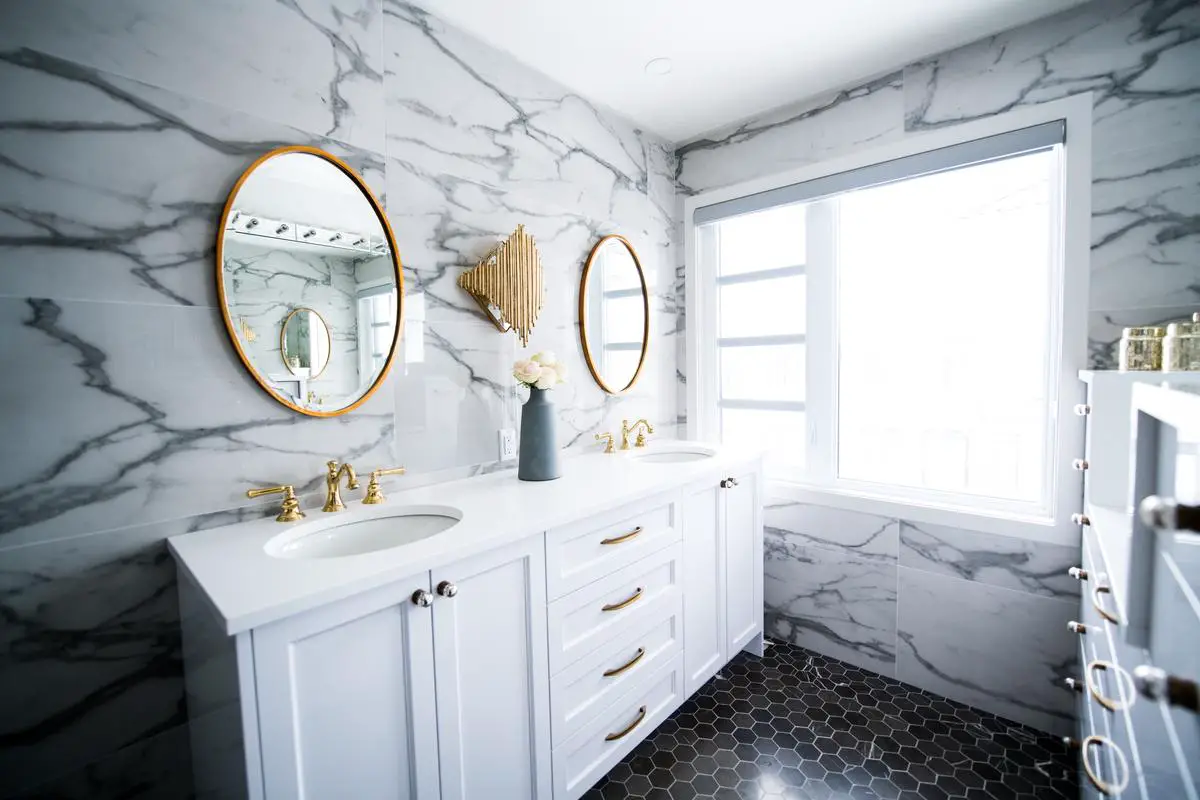
Choosing the Right Fixtures
Understanding the Variety of Bathroom Fixture Options
In a bathroom, fixtures form the backbone of it, and include the functional elements like sinks, faucets, bathtubs, showers, and toilets. Besides fulfilling their primary roles, these fixtures significantly contribute to the overall aesthetics of the bathroom. For instance, selecting fixtures like a claw-foot bathtub or a vessel sink can provide a focal point that adds depth and sophistication to the room.
On the contrary, more contemporary fixtures such as wall-mounted sinks and toilets can offer a streamlined, minimalist look to the bathroom. Hence, while choosing fixtures, do remember that they can have a defining impact on the overall vibe and design of your bathroom space.
Pros and Cons of Different Types of Fixtures
In the realm of bathroom design, there is a plethora of fixture options available, each with its own set of pros and cons. Traditional, floor-mounted toilets are easy to install and repair but may not provide the sleek look you desire. On the contrary, wall-hung toilets are sleek and modern, but their installation can be complex and costly. Similarly, pedestal and wall-mounted sinks are perfect for small bathrooms as they don’t take up much space, however, they offer little to no storage. Alternatively, vanity sinks, with their under-sink cabinets, offer plenty of storage but consume more space.
Bathing facilities also present an array of options. A standalone shower is great for small bathrooms, but you might miss the luxury of a tub. If space is not a constraint, a bathtub or a shower-tub combo might be a good idea. The choice of faucets also impacts the overall look. While single-handle faucets are easy to use, the separate hot and cold faucets hark back to a classic, rustic charm.
The Importance of Fixture Placement
One of the most crucial aspects of bathroom design is the placement of fixtures. While placing the fixtures, it’s important to maintain a balance between maximizing space and maintaining functionality. For instance, the door should not hit the toilet or the sink when it’s open. Besides, there should be sufficient space around the wet area (shower or bathtub), to ensure safety. The toilet ideally should not be placed directly opposite the door for privacy reasons. Ventilation and lighting, both natural and artificial, should also be given due consideration while arranging the fixtures.
Coordinating Fixtures with Overall Design
The design, color, and style of your fixtures should coordinate with the overall design theme. For instance, if you’re going for a vintage look, you might want to consider a claw foot bathtub and ornate, classic faucets. For a modern and sleek look, a glass enclosure walk-in shower, geometrically shaped sinks, and minimalist, streamlined faucets may be apt.
The appropriate selection of fixtures, decided on carefully and arranged thoughtfully, can remarkably enhance both the aesthetics and functionality of your bathroom. This turn transforms it into more than just a utilitarian space, evolving it into a soothing, personal retreat.

Selection of Materials and Colors
Tile Selection: A Crucial Aspect of Bathroom Design
An indispensable part of bathroom designs are tiles, due to their resilience and ease of upkeep. With a variety available in porcelain, ceramic, glass, and natural stone materials, each represents a distinctive look and feel. The frequently chosen porcelain and ceramic options offer enduring durability, resistance to water and an assortment of colors and designs. Glass tiles, though less resilient, project a contemporary, glossy finish contributing to a brighter and more spacious illusion for the bathroom. Natural stone tiles like marble, granite, and slate, promote a perception of luxury and high-end style, however, they demand higher maintenance to avoid staining and can chip easily.
Choosing Countertops for Bathrooms
Countertops in a bathroom also come in a variety of materials, each offering different aesthetics and needing a particular level of maintenance. Quartz and granite countertops are popular choices for their beauty and durability, though they require regular sealing to avoid stains. Laminate countertops, while less luxurious, are cost-effective, low maintenance, and come in many colors and patterns. For those who prefer a more natural aesthetic, wood countertops can be an excellent choice, but they need regular sealing to protect against water damage.
Bathroom Cabinetry
Cabinetry materials in the bathroom can range from solid wood, plywood, particleboard, and medium-density fiberboard (MDF). Solid wood cabinets offer a classic, luxurious look and are highly durable but can be more expensive. Conversely, particleboard and MDF cabinets are more budget-friendly but may be prone to damage from moisture over time. The type of cabinet material to select often depends on your budget and the level of luxury you’re hoping to achieve with your bathroom design.
Color Schemes in Bathroom Design
The choice of color scheme in a bathroom design can dramatically affect the mood and feel of the space. Lighter colors such as white and soft pastels can make a small bathroom feel more open and airy, while darker shades can create an intimate, dramatic feel. You can also play with contrast by pairing light and dark shades or use analogous colors for a harmonious effect. Overall, it’s essential to choose a color scheme that suits your personal style and compliments the selected materials.
Ensuring Balanced Aesthetics and Durability
To create a lasting bathroom design, it’s important to strike a balance between the room’s aesthetic appeal and the durability of your chosen materials. While trendy colors and materials might initially attract the eye, they may not withstand the wear and tear typical of a bathroom setting. Therefore, researching long-term durability and maintenance needs of each material type is crucial to your decision-making process. By implementing a regular care regimen, such as sealing and polishing, timely caulking replacement, and use of suitable cleaning products, you can extend the lifespan of your bathroom components, ensuring your bathroom retains its charm for years to come.
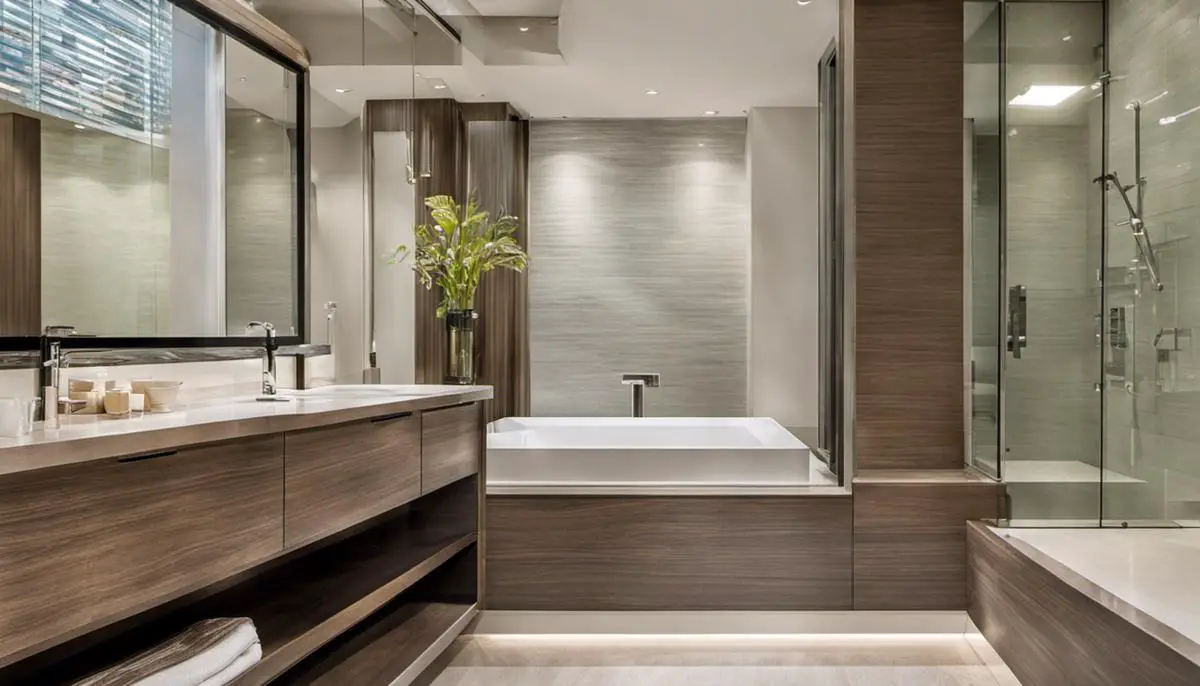
Lighting and Ventilation
The Significance of Lighting in Bathroom Design
Effective lighting goes far beyond illuminating a space, particularly in the context of bathroom design. It sets the ambiance, enhances the color palette, and brings attention to the design highlights within the room. Depending on the specific bathroom activities and the desired atmosphere, various types of lighting such as task, ambient, accent, and decorative may be appropriate.
Task lighting focuses on areas key for activities such as applying makeup or shaving, aiming to avoid shadows or glare. This type of lighting is typically concentrated around mirrors or sinks, where such activities usually take place. Ambient lighting, in contrast, offers overall illumination throughout the room, providing diffuse and even light coverage. Accent and decorative lighting serve a different role, primarily used to emphasize specific design aspects, like artwork or unique architectural elements in the bathroom. These lighting types contribute more to the design aesthetics rather than the functionality of the space.
The Role of Natural Light in Bathroom Design
Incorporating natural light into a bathroom design is not only energy-efficient but also instrumental in creating a more inviting and comfortable space. Natural light can make a bathroom appear larger and more open. Additionally, it provides authentic color representation, which is especially important when applying makeup or other cosmetic routines. Functional components such as windows, skylights, or glass blocks can be used to introduce more daylight into the bathroom. The positioning of these elements will greatly impact the distribution of light in the space.
Effective Bathroom Ventilation for Mold and Mildew Prevention
Given their intrinsic functionalities, bathrooms generate substantial humidity, creating a conducive environment for the growth of mold and mildew if not adequately managed. In addition to triggering potential health risks, these organisms can erode surfaces. As such, factoring in an effective ventilation system in your bathroom design is paramount. This ventilation fundamentally removes the warm, moist air, directing it outside your home. Ventilation systems vary, ranging from simple exhaust fans to more advanced units like heat recovery ventilators, each with its own noise level, energy efficiency, and price attributes. Regardless of the system selected, proper ventilation remains a vital aspect of any bathroom design. A well-ventilated and adequately-lit bathroom enhances its aesthetics, longevity, and promotes a healthier environment.
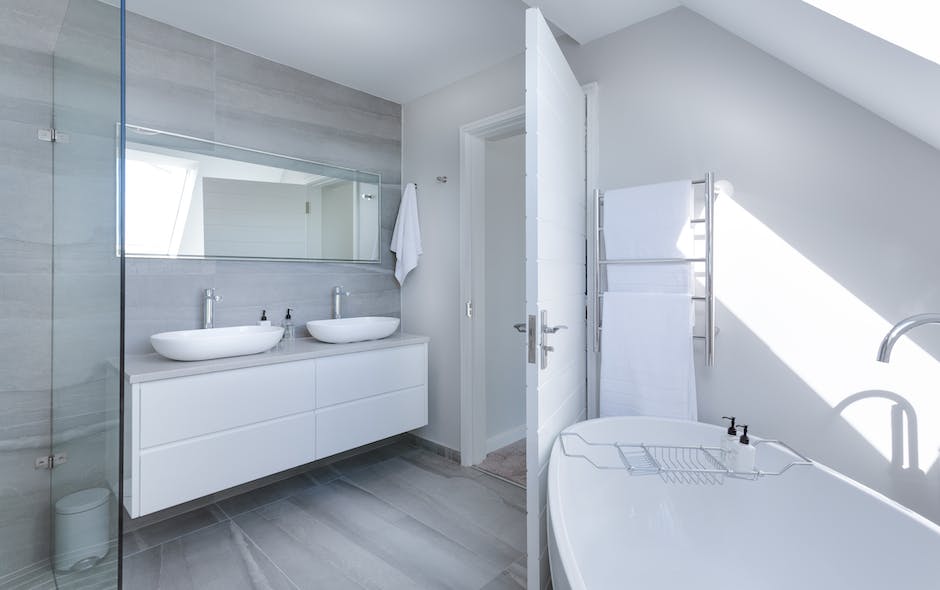
Innovative Bathroom Trends and Technologies
The Rising Trend and Benefits of Touchless Faucets
In the world of bathroom design, touchless faucets are swiftly gaining popularity as an innovative trend. While initially prevalent in public restrooms, the advent of technology, coupled with their numerous merits, has seen their usage extend to domestic bathrooms. Equipped with a motion-detecting sensor, these faucets conveniently toggle the water flow on and off, guaranteeing the maintenance of hygiene. The noteworthy benefits of touchless faucets include a decrease in germ transmission, conservation of water, and effortless usability. This modern trend not only helps in preventing illness due to the reduction of physical contact, but it also champions environmental sustainability through water saving.
Considerations for Touchless Faucets
However, with these benefits, there are also several considerations when installing touchless faucets in home bathrooms. For instance, they require an electricity source to power the sensor, which can add an extra element of complexity to their installation. They can also be more expensive than traditional faucets, which makes them a significant investment. Setting the correct sensor sensitivity can also be tricky, as they may turn on and off unexpectedly when you’re moving around the sink area.
Heated Floors and their Benefits
Another rising trend in bathroom design is heated floors, which offer a luxurious, spa-like ambiance while providing practical benefits. Heated floors can be an excellent addition for those living in colder climates as they can make the bathroom feel cozy and comfortable on chilly mornings. Other advantages include enhanced safety by reducing the moisture on the floor, thus minimizing the risk of slips and falls. In addition, heated floors can add to the overall value of the home.
Considerations for Heated Floors
However, there are several factors that need to be considered when incorporating heated floors. The cost factor is significant – not just the initial installation but also the ongoing operating costs. Furthermore, the installation process may require substantial renovation. It is also crucial to consider the type of flooring suitable for heat efficiency. Some materials like stone or tiles are excellent conductors of heat while others like wood may not be as efficient.
Digital Shower Controls—The Future of Showers
A further trend revolutionizing bathroom design are digital shower controls. These high-tech controls provide the ability to personalize and save preferences such as water temperature and pressure, giving a customized shower experience. Additionally, digital showers can also help conserve water through their precision control.
Considerations for Digital Shower Controls
On the flip side, digital showers do come with a higher upfront cost compared to traditional shower controls. Moreover, as they are relatively new technology, their long-term reliability may not be as assured compared to conventional showers. Finally, in the event of power failures, most digital showers revert to safe default settings which may not be to the user’s preferences.
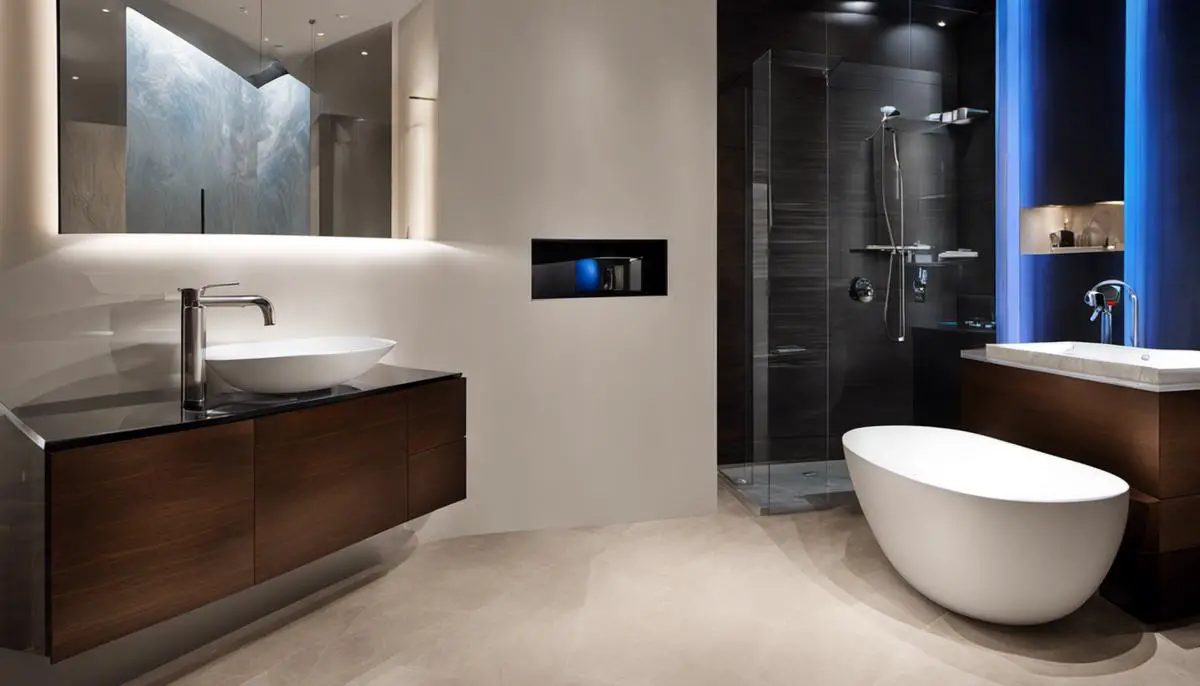
Adapting to the future, our final topic presents an exciting exploration into the digital era advances and current trends in bathroom amenities. Touchless faucets, heated floors, and digital shower controls are just a few innovations transforming the bathroom space – combining comfort, convenience, and a touch of luxury. The aim is to equip readers with a comprehensive understanding of bathroom design, essential before undertaking bathroom renovation or initial construction. Whether the goal is to optimize functionality, enhance visual appeal, or incorporate the latest tech-savvy installations, the knowledge garnered from these topics serves as a beacon in navigating those bathroom design decisions.

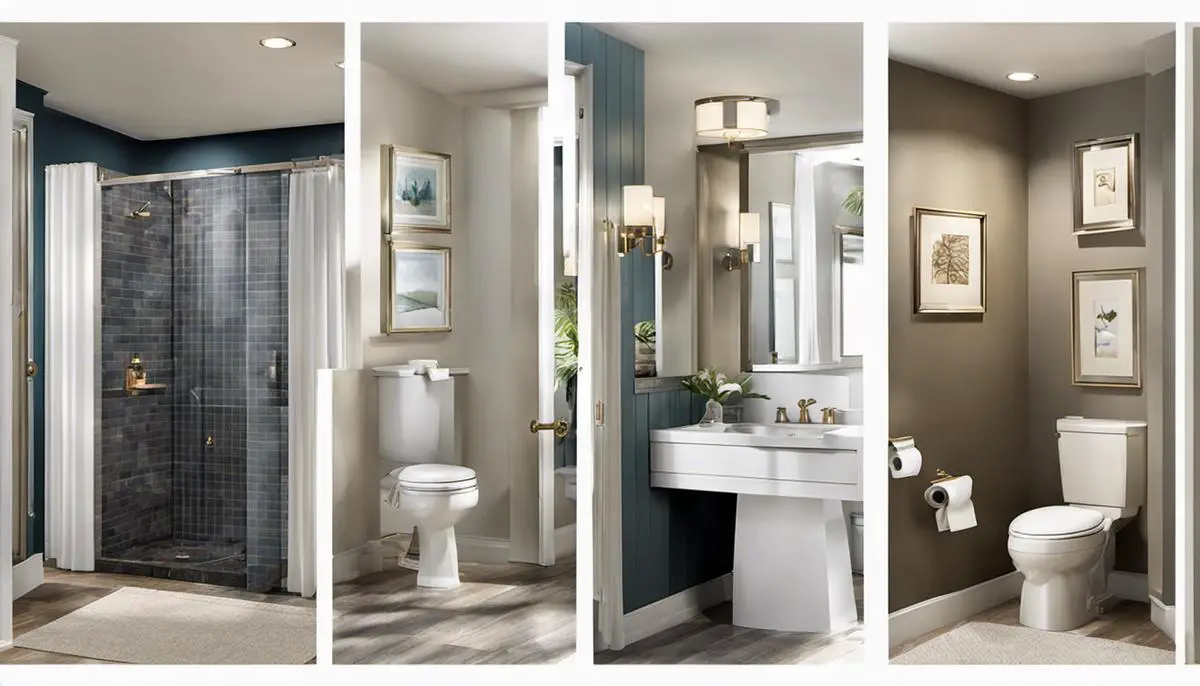
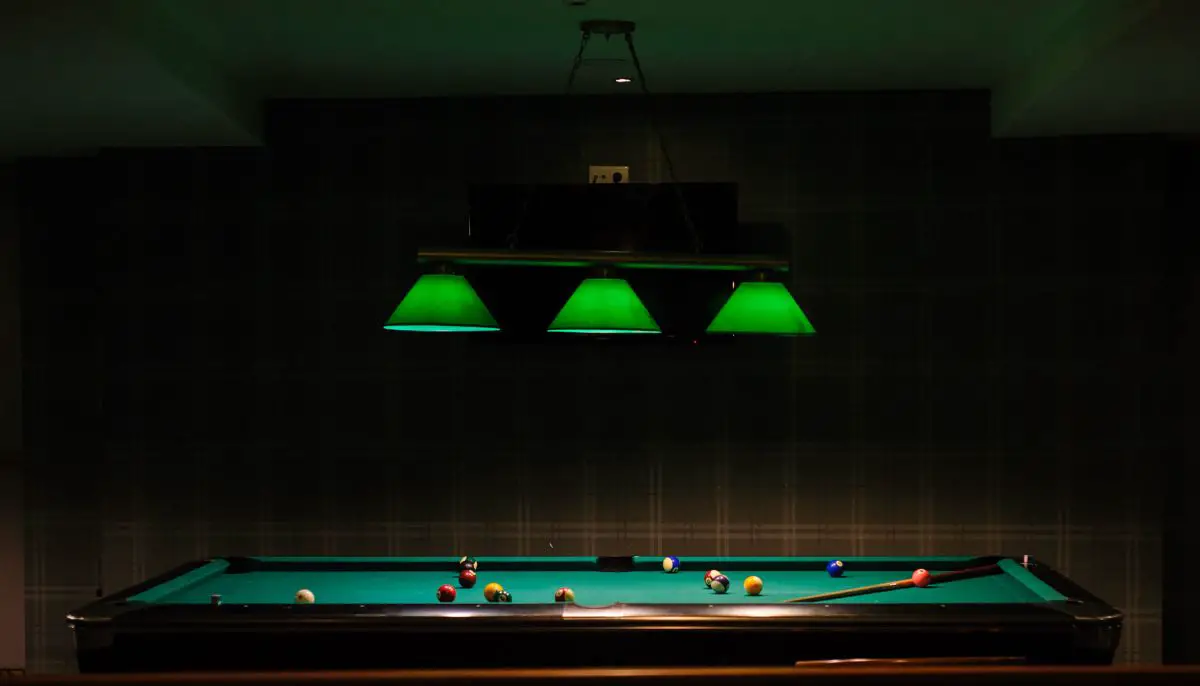
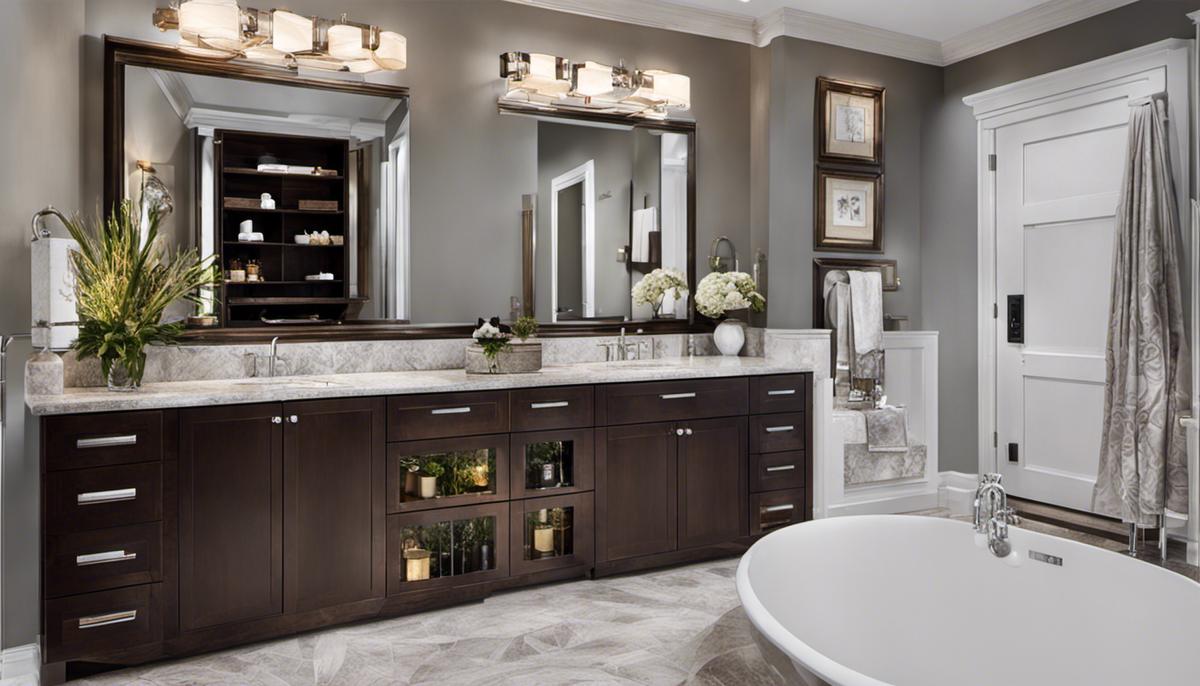
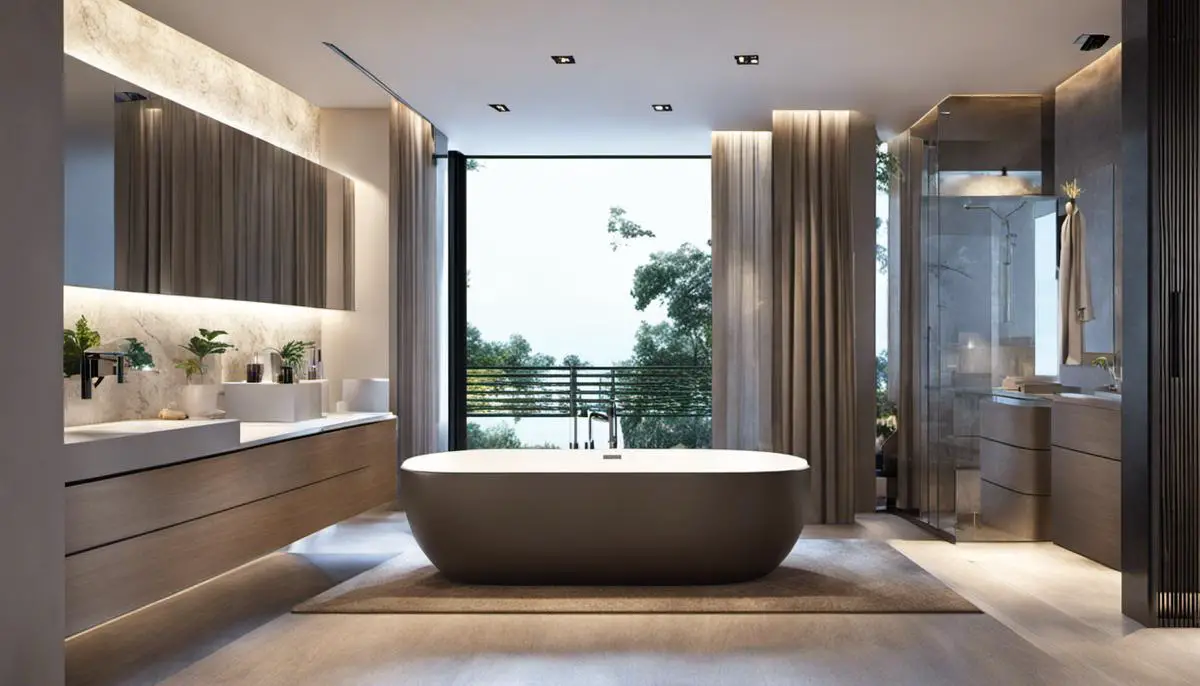
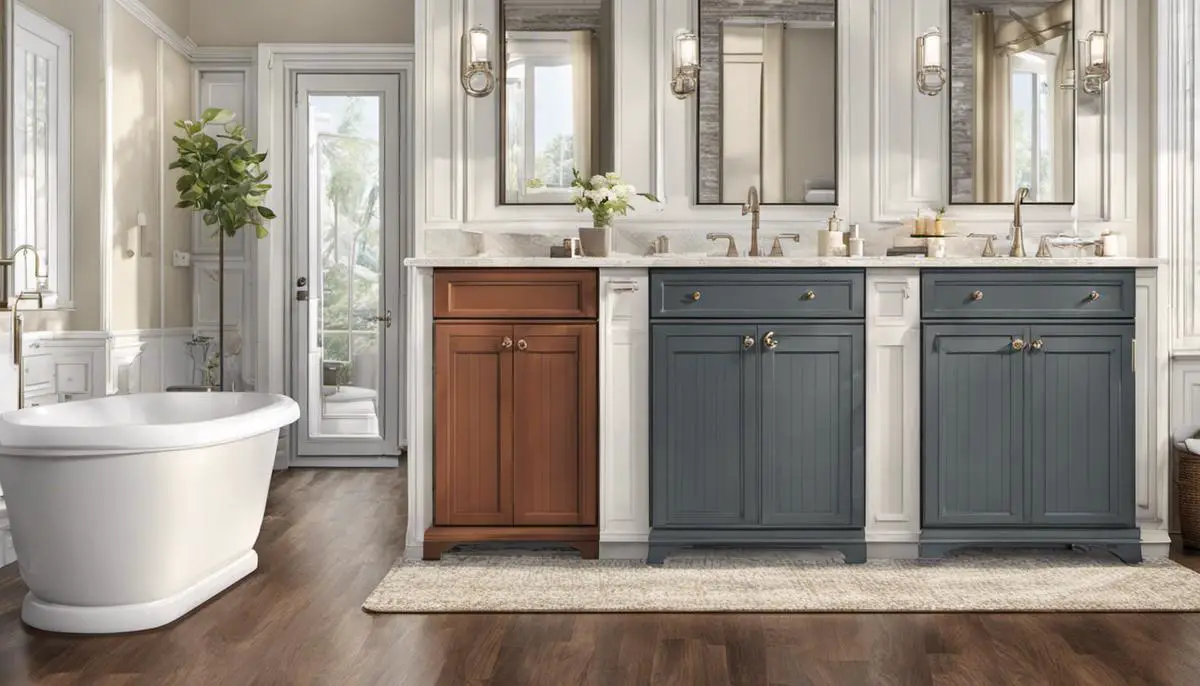
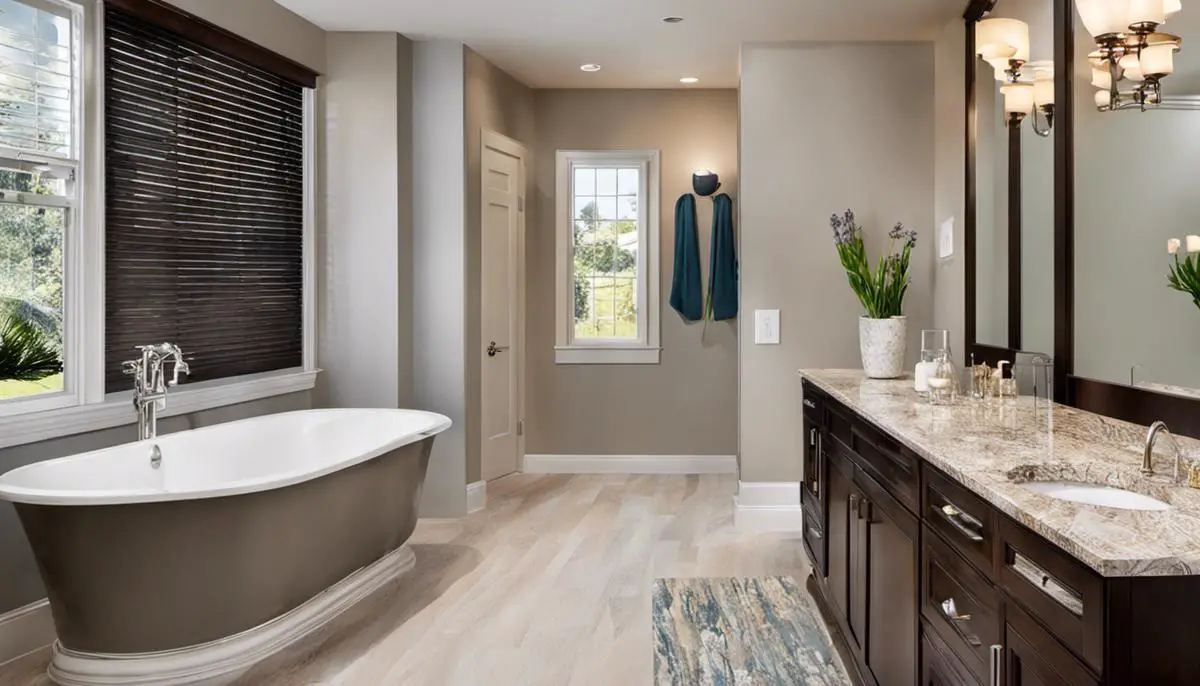
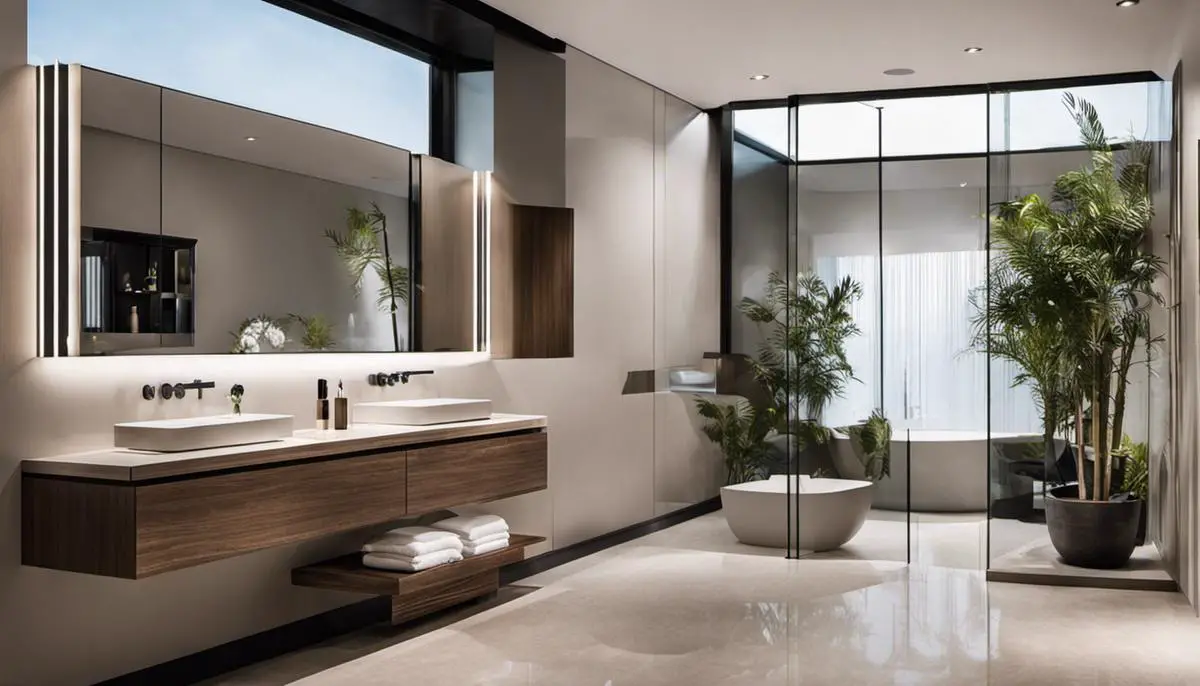

Leave a Reply